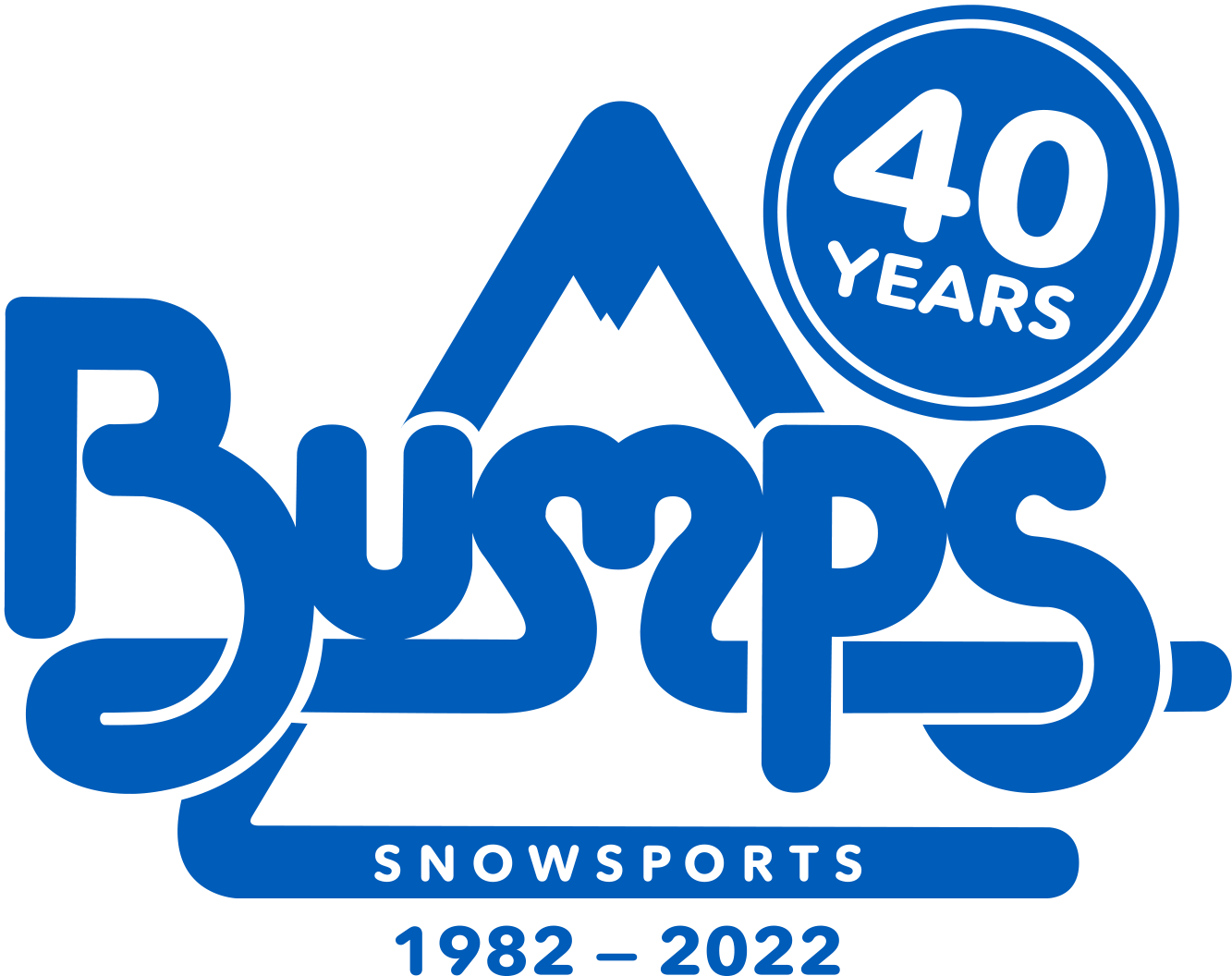Softgoods & Clothing
What do I wear to the snow? Will I be freezing? How important is the waterproof rating of my jacket?
Shopping for your first trip to the snow can be overwhelming and it's hard to know where to start. Here we break down the technology & help you decipher all the terminology to help you find the perfect outfit!
Layering
Layering for cold climates is incredibly important. You can have the most expensive jacket in the world, but without the correct layers you will still be cold. A good starting point is a thermal base layer, either wool or synthetic. This should fit close to the body and be firm without sagging, ensuring it holds the warmth against your skin effectively. Thermals that are merino wool will help to wick moisture from your body and retain heat better, however synthetics are a good budget option.
Most people will choose to pair their thermal base layer with a mid layer, most popoular options are either a fleece or vest. If you feel the cold particularly badly you can opt to layer multiple fleeces, or combine these with a vest as well.
The last piece of layering is your outerwear; waterproof pants and jacket. People who feel warm at the snow, or those who hike/tour often choose to wear a shell (outerwear with no insulation). However the most common choice is still insulated jacket and pants.
Waterproofing
Two types of waterproofing: Membrane and DWR:
Membranes: A layer of waterproof material inside the garment that prevents moisture seeping through to the wearer. Membranes have a rating, from 5,000 upwards. This rating is based on how long it takes water droplets to seep through material and the force at which it hits the material.
- 5,000 – Light misting of snow/rain, suitable for spring snow conditions or fair weather .
- 10,000 – Suitable for most skiing conditions, especially for children. Also considered the minimum required for Australian snow conditions.
- 15,000 – Mid range waterproofing, mid-price point.
- 20,000 – Optimal waterproofing, giving you more time out in the snow or rainy conditions, higher price point.
- Gore-Tex – a brand of membrane, does not have a waterproofing rating at it is considered much higher than 20,000. It is widely considered to be the top waterproofing material in the industry and anything featuring the Gore-Tex brand will have a higher price point.
- Dermizax – a brand of membrane, usually has at least a 20,000 waterproof rating. Unlike Gore-Tex, Dermizax has high stretch and elasticity, making it great for fitted or fashionable snow garments.
DWR (Durable water repellent): A coating applied to the outside of the garment that helps moisture ‘bead and run-off’ a garment. This coating degrades over time, needs to be washed appropriately and re-applied with a treatment or spray. It does not mean a garment is waterproof, only that it has slight water resistance. DWR is what helps keep a garment breathable, by ensuring that moisture is not absorbed into the fabric.
Waterproof ratings are the one thing that most people can get really caught up on. It's important to remember that choosing how waterproof your clothing is completely depends on your activity. For example, someone that only skis when it is sunny or lightly snowing who heads in for a coffee when the rain hits, wouldn't need a highly techinical 20K Jacket. However, someone who is out all day skiing or touring in blizzards and rain would definitely want a high rated/Goretex jacket and pants.
Features
Some common features of ski clothing to look out for:
- Powder Skirt: A powder skirt is an elasticized waterproof fabric on the bottom of a jacket above the hem. It can be fixed, or removable depending on the product and helps to keep snow out of the jacket when skiing or boarding in power.
- Jacket to Pant Attachment System: Not 100% necessary for every jacket to have but if you know that you are going to be shredding deep powder, it is a great system that protects you even more from snow getting into areas you don’t want it.
- Helmet compatible Hood: Can be fixed or removable depending on the jacket, this hood is designed to fit over most helmets.
- Pass Pocket: A pocket specifically designed for keeping you lift pass or card in. Usually found in the arm or chest of a jacket.
- Phone/Media Pocket: A pocket specifically designed for your phone or media device, sometimes with an interior hole to thread headphone cords through. Usually found in the inside chest of the jacket.
- Ventilation: Zippered vents that can be opened to allow air to flow through to the wearer, commonly found in jacket underarms and pants on the inner thigh.
- Boot Gaiter: An elasticized waterproof fabric on the bottom of pant legs. Helps keep pants over ski/board boots and snow from going up and under to the wearer’s legs.
- Wrist Gaiter: Provides extra protection from the snow. Jackets may or may not come with this feature, depends on the brand and sometimes the price point. Also, not all internal lycra wrist gaiters come with thumbholes.
- Internal Goggle Pocket: Great pocket to store your goggles in before or after your day on the slopes and will hold your extra lens while skiing for those unpredictable days.
Washing & Care
Ski/Snowboard outerwear should not be washed with normal household washing liquid, it is too harsh and will break down the DWR/fabric. The following are some safe options for cleaning your outerwear:
- Tech Wash: General washing of technical and wet weather garments, less harsh than household detergents and will not break down waterproofing.
- TX Direct: Wash-in or spray on waterproofing. Used on garments when the waterproofing has been damaged and needs to be restored. Should be washed first with Techwash before applying TXDirect. Will also restored breathability.
- Down Wash: General washing of down products, retaining loft without damaging insulation.
- Down Proof: Wash-in waterproofing for down filled products.
- Glove Proof: Sponge-on waterproofing for gloves and mitts.
- Leather Wax: Waterproofing that can be applied to leather products, either wet or dry.

